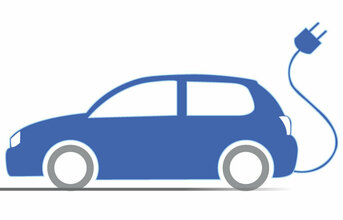
Industry body SIAM has also suggested incentivising the end buyer in terms of tax benefits. Do you think such schemes are viable?
Globally the EV industry has grown essentially due to the tax benefits which were offered to the consumers to make EVs more affordable. Our limited interactions with policy makers here has shown that Indian EVs deployment and market expansion will be very different from global examples. First of all, it may not be largely due to tax incentives or subsidies that will drive Indian EV market in the long run. Subsidies and Incentives will be required now for the initial 3-4 years in a limited manner. As I mentioned, Indian EVs deployment could be different than the rest of the world - one example is the deployment of EVs in the public mobility first and then moving onto personal vehicles. In the public mobility space - the sheer cost economics of running works out in favour of EVs - be it buses, cars or 3-wheelers. There may be a considerable amount of subsidy element that will be required for the 2-Wheeler segment though. Secondly, the Government is looking at bulk aggregation of demand for public mobility and buying in bulk to faster the reduction in prices of EVs - we have already seen a 30 percent reduction in the recent EESL tender and this is just the beginning. As the volumes increases, the costs will further fall down and with the global fall on battery prices, we may soon reach a stage where the additional consumer incentives may not be required - but that is still 4-5 years away.
(Continued on next page)



























